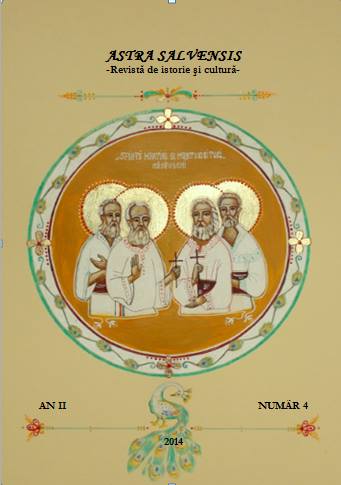CONSIDERAŢII PRIVITOARE LA DELIMITAREA DINTRE STAT ŞI BISERICĂ ÎN EUROPA OCCIDENTALĂ ÎNTRE SECOLELE X-XI
Considerations regarding delimitation between the State and Church in Western Europe between the 10th and 11th centuries
Author(s): Ștefan-Marius Deaconu Subject(s): History
Published by: Asociaţiunea Transilvană pentru Literatura Română şi Cultura Poporului Român - ASTRA
Keywords: Western Europe, Holy Roman Empire, Investiture Controversy, Gregorian Reforms
Summary/Abstract: This paper tries to present some of the most important characteristics of the tense relation between the State and Church during the 10th and 11th centuries. After the “Gelasian principle” was stated the relationship between “regnum” and “sacerdotium” evolved in different stages. After the reigns of Charlemagne and Otto I, the Church was under the economical control of laical authorities. This situation changed from the 10th century as a reform movement started within the Church. The Papacy had an important role in resetting the Christian institution in the social order and during the pontificate of Gregory VII, the Church reached its highest importance in the medieval world by that time.
Journal: Astra Salvensis - revista de istorie si cultura
- Issue Year: 2014
- Issue No: 4
- Page Range: 9-18
- Page Count: 10
- Language: Romanian

